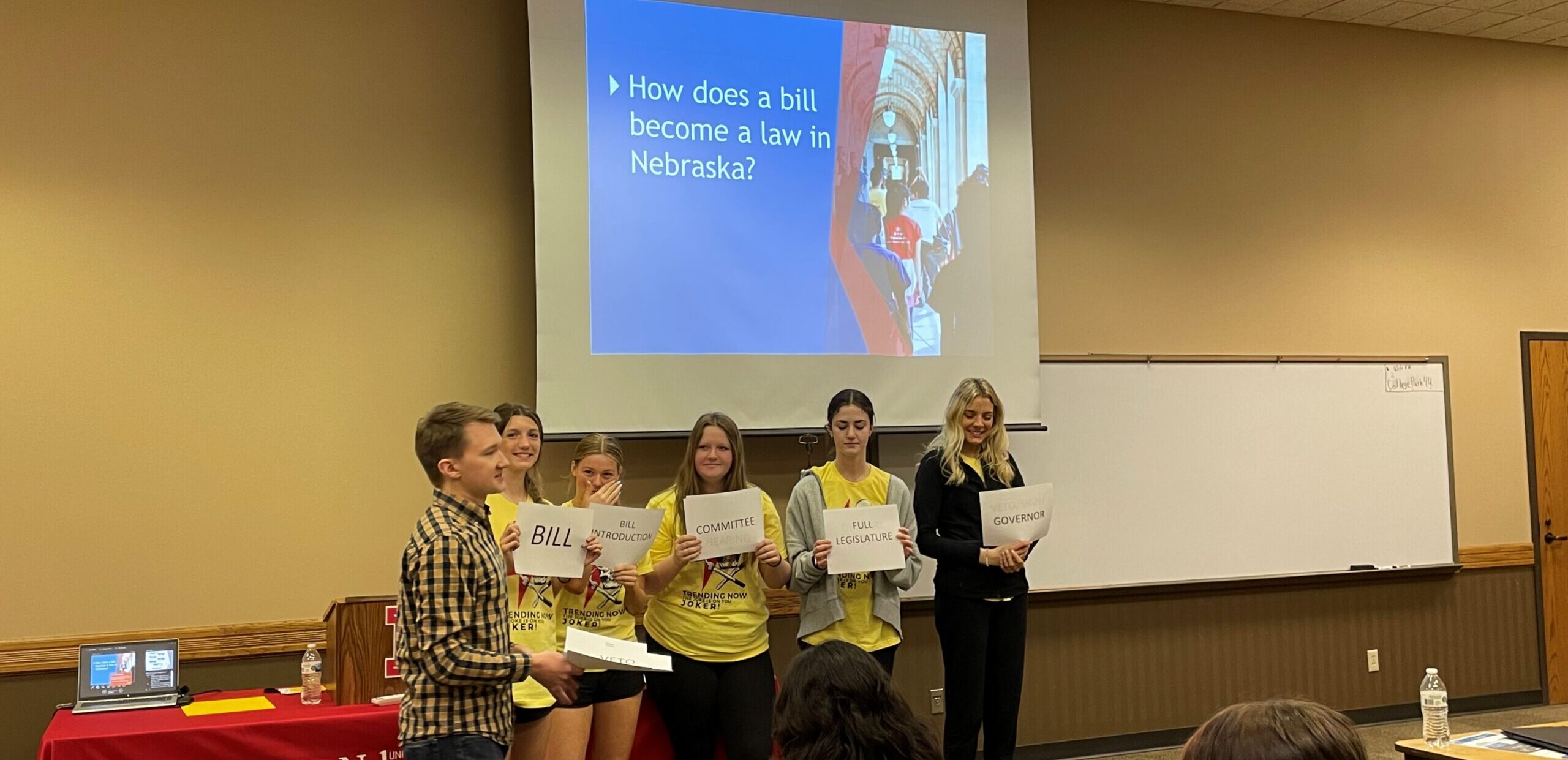
Trending Now! The Jokes on You Joker!
Students from Grand Island North West came together on April 14 for a day of learning about tobacco prevention cessation and how youth can take down big tobacco. Students learned about democracy from Civic Nebraska and will be creating PSA’s (videos, radio spots and digital media. Check back for more!
Democracy, this is how we can have a voice!

Civic Nebraska provided education on local, state and federal government. How do we change policies and laws? This was a stepping stone to empowering youth to be their own advocate and take down big tobacco!
